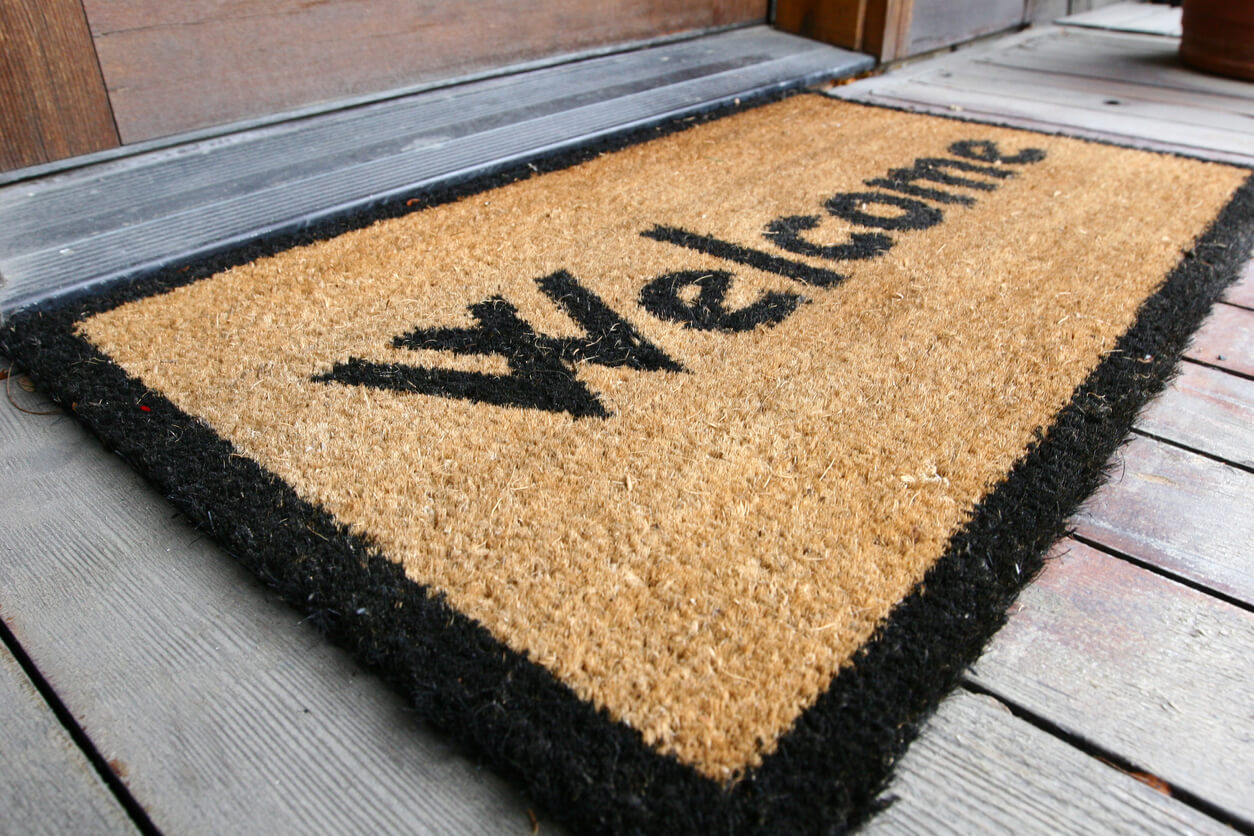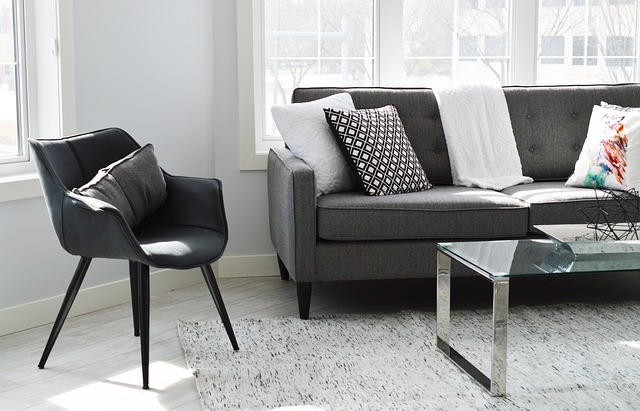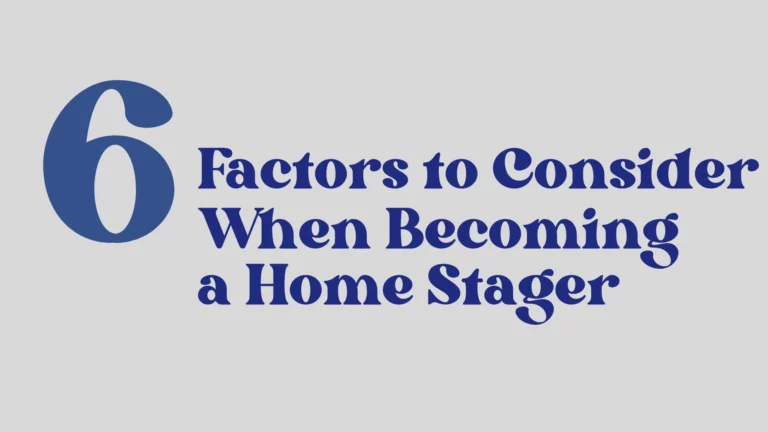Staging Mistakes You
Might Be Making

Selling your home is a major decision, often driven by the need for a change in space or a new beginning in a different city. This journey is not only time-consuming but also emotionally challenging, as detaching from a space filled with personal memories can be tough.
To navigate this process efficiently and make your home appealing to potential buyers, staging emerges as a crucial strategy.
Home staging, distinct from personal decoration, is a marketing tool that aims to present your home in its best light, ensuring it appeals to a broad audience. It involves depersonalizing the space to help buyers envision it as their own, rather than as your lived-in home.
While it may be tempting to stage your home yourself, professional staging is recommended to avoid common pitfalls that could hinder the sale process.
Let’s delve into the errors often made by homeowners when staging their own properties.

1. Emotional Attachment
Being too emotionally attached to your home while trying to sell it is a common mistake. Unfortunately, this attachment hinders your ability to view your home objectively.
Home stagers are educated to view a property from an entirely objective perspective, setting aside personal tastes and preferences to highlight the home’s best qualities. They are skilled in identifying and enhancing features that can make a property more appealing to a diverse range of buyers, ensuring that the home is not just seen but truly noticed in a competitive market.
It’s crucial to remember that you are selling a potential lifestyle; hence, the home needs to be a blank canvas. Personal touches, such as photographs, need to be removed. While these may provide you with meaning and comfort, they prevent potential buyers from seeing the house as anything other than your home.
Creating an emotional distance by changing the appearance of your home can be beneficial. Not only does staging or remodeling help sell it, but it also makes it less familiar to you. As soon as you decide to sell, depersonalize and mentally move on.
2. Furniture Placement
Furniture can significantly influence the perception of a room; numerous errors can occur regarding home furnishings. Staging a room involves proper furniture placement, something stagers are trained to do by choosing the correct furniture in terms of size and scale.
Homeowners often push couches and chairs against the walls, mistakenly believing this showcases the space. However, this creates a boxy appearance and can make a large room look empty and a smaller room feel cluttered.
Similarly, neglecting the scale of the room and filling it with furniture that is either too large or too small for the space is a mistake. Potential buyers look to your furniture as a guide for how they envision themselves living in the space.
If the furniture is too large, they will assume there isn’t enough space. If it’s too small, instead of marveling at the room’s size, buyers might assume they will also struggle to make the space feel full.
3. Underestimating the Buyer's Psychology
Selling your home involves more than just listing it on the market; it requires an understanding of the psychology of potential buyers, a nuanced approach that homeowners typically are not trained in.
This understanding encompasses not only the aesthetic appeal of the property but also practical considerations such as storage space. Professional stagers trained by Ultimate Academy® are equipped with the knowledge and skills to tap into the psychology of potential buyers.
At Ultimate Academy®, home stagers are taught to delve deep into the psyche of potential buyers, enabling them to tailor the staging process to meet the buyers’ conscious and subconscious needs. This comprehensive training includes learning how to assess the demographic profiles of potential buyers, such as their age, lifestyle, family size, and even their probable interests. This demographic insight allows stagers to create a space that not only appeals visually but also resonates on a personal level with the widest range of buyers.
Understanding the psychology of the buyer also involves recognizing the importance of space and storage. Professional stagers know that potential buyers are not just looking for a place to live; they are looking for a home that can support their lifestyle, which includes adequate storage for their possessions.
Therefore, one of the key strategies employed by stagers trained at Ultimate Academy® is advising homeowners to empty their closets and cupboards by 50%. This tactic is not about suggesting that the home lacks storage but rather about showcasing the abundance of available space.
Well-organized and partially empty storage areas give the impression of ample space, which is a highly attractive feature to potential buyers. Moreover, Ultimate Academy® emphasizes the importance of creating a connection between the property and potential buyers. This involves staging techniques that go beyond mere decoration, incorporating elements that evoke emotions and aspirations.
Stagers learn to set up spaces that suggest a lifestyle that buyers aspire to, whether it’s a serene bedroom that promises rest and rejuvenation or a home office that inspires productivity and creativity.
4. Colour Choices
You may have spent hours selecting what you thought were the perfect colours for your space. However, when selling your home, neutrals are the preferred choice.
A bold colour, especially on the walls, can deter potential buyers. It might not suit their taste, or it may clash with their furnishings. While you might think any new homeowner would want to repaint, not all buyers wish to undertake painting immediately upon moving in.
Furthermore, a bold colour can be so distracting that buyers can’t envision themselves living there. However, some homeowners go to the opposite extreme with neutrality, creating a flat, uninspiring look.
Professional stagers are trained to create visual interest with strategically placed pops of colour. Accessories like pillows and artwork should be used to draw the buyer’s eye around the room. However, too many bold colours can create unwanted focal points. Professional stagers know how to incorporate just the right amount of visual drama.
In Conclusion:
Selling a home can be challenging. Using a professional stager, such as a Certified UltimateStager™, ensures that your home is presented in its best light. Even if homeowners are aware of what is required to stage a home, executing the staging is equally challenging without training. Staging is a marketing tool that, in the hands of a professional, can be wielded purposefully.

Learn About our Home Staging Certification

FAQs About Staging Mistakes
Home staging is the process of preparing a property for sale in the real estate marketplace by making it appear more appealing to potential buyers. This can involve rearranging furniture, decluttering, repainting, and adding decorative elements to enhance the home’s attractiveness.
The goal is to make the home look its best, highlighting its strengths and potential. Professional home staging can significantly affect home sale prices, often leading to quicker sales and higher offers.
Studies have shown that staged homes can sell for 5% to 10% more than non-staged homes, making it a valuable investment for sellers.
Professional home staging is recommended over DIY staging because professional stagers bring expertise, an objective eye, and knowledge of market trends to the table. They understand how to create spaces that appeal to the broadest audience, avoiding personal taste biases that might limit a home’s appeal.
Professionals are adept at utilizing design principles to maximize space and highlight the property’s best features, something that homeowners might struggle with due to emotional attachment or lack of design experience. Hiring a professional ensures that the home is presented in the best possible light, often leading to a faster sale and higher sale price.
Home staging influences the buyer’s decision-making process by creating an emotional connection and allowing them to envision themselves living in the home. A well-staged home appears move-in ready, appealing to buyers’ desires for a seamless transition.
By neutralizing personal decor and optimizing the layout, staging helps buyers focus on the home’s potential, rather than getting distracted by the current owner’s personal tastes or clutter. This emotional appeal can make the property more memorable and desirable, often influencing buyers to make quicker offers at higher prices.
The following mistakes can be avoided by employing a professional stager, who will ensure that the home is presented in a universally appealing manner, maximizing its attractiveness to potential buyers.
Common mistakes to avoid include:
- Overly Personalized Decor: Makes it hard for buyers to envision themselves in the space.
- Cluttered Rooms: Feel smaller and less functional, detracting from the home’s appeal.
- Poor Furniture Arrangement: Disrupts the flow of the home, making spaces feel less inviting.
- Ignoring Repairs and Maintenance: Leaves a negative impression on potential buyers.
- Failing to Address Odors: Can turn buyers off immediately, overshadowing the home’s qualities.
- Inadequate Lighting: Makes spaces feel dark and uninviting.
- Too Much Bold Colour: Can detract from the home’s appeal, as it might not suit everyone’s taste.













